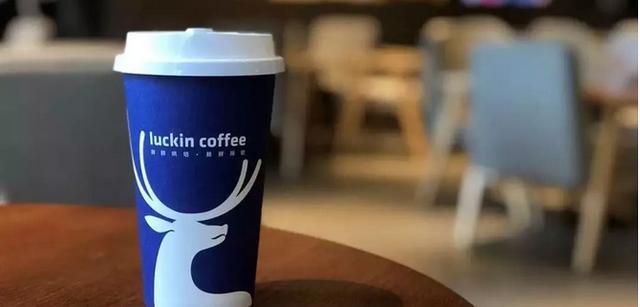How did Luckin Coffee grow so quickly?
Creative accounting. *Wink wink*


When Starbucks came to China, it promised to open a new store every 15 hours. Luckin Coffee opens a new shop every four hours.
Luckin Coffee burst onto China’s coffee scene in January 2018 when the company opened its first store. Since then, Luckin has expanded to 2,000 stores in 21 cities across China, serving up more than 85 million cups of coffee to a customer base some 12 million strong.
It is too soon to say whether Luckin Coffee will be successful in its bid to challenge Starbucks. Luckin’s expansion has been astonishing, its price point is more appealing and its delivery service has filled an unmet need. Starbucks is responding with a delivery service of its own, and continues to rely on its more upmarket position to justify higher prices.
The huge market potential for coffee in China is the reason we’re seeing bold new entrants such as Luckin Coffee. The average Chinese consumer drank just five cups of coffee last year – while the average American drank about 400. In 2017, China’s coffee shop sales reached some RMB 30 billion (around USD 4.4 billion), and are expected to reach RMB 1 trillion by 2025 – that’s annual growth of 15 to 20 percent, according to consultancy firm Qianzhan.
Luckin’s delivery service makes it stand out: With in-app ordering, the company says it will deliver within 30 minutes. Delivery has become so important that 40 percent of the stores serve essentially as delivery kitchens to fulfill orders. Luckin’s products are delivered by Chinese courier company SF Express, but the company is planning another deal with Meituan Dianping for delivery through Meituan’s network in China. Consumers will also be able to order Luckin Coffee products on Meituan’s delivery app Meituan Waimai.
Luckin is also offering coffee at more modest price points to lure customers. A tall-sized latte costs RMB 31 at Starbucks, but only RMB 24 at Luckin.

In response to the rapid inroads made by a competitor that did not exist just over a year ago, Starbucks has started offering delivery services by partnering with Ele.me, also targeting 30-minute delivery. Starbucks plans to expand delivery service to more than 2,000 stores in 30 cities. To support more delivery orders, the US-based coffee giant expanded its kitchen stores by locating Starbucks Delivery Kitchens at new retail supermarket Hema locations.
How did Luckin Coffee grow so quickly? The company entered the market with an initial investment of over RMB 1 billion. The bulk of that money it was spent on celebrity endorsement, plastering cities with billboards, waging heavy initial subsidies and discounts to court new customers – and of course, setting up shops across the country.
However, Luckin’s expansion is burning money: in 2018, the company reportedly lost RMB 857 million between January and September according to a Sina Technology report. This cash-burning strategy is likely to continue working for a while: Luckin just raised USD 200 million in a Series A offering in July, and a further USD 200 million in a Series B offering in December. The company says it has been valued at $2 billion.
If China’s coffee market continues to expand, there may be room for two, possibly even more, big coffee purveyors.
READ: Starbucks Enters Strategic Partnership With Alibaba to Fend off Luckin Rivalry
Photo courtesy of TechNode

If you are interested in joining True Run Media, please feel free to contact our team.